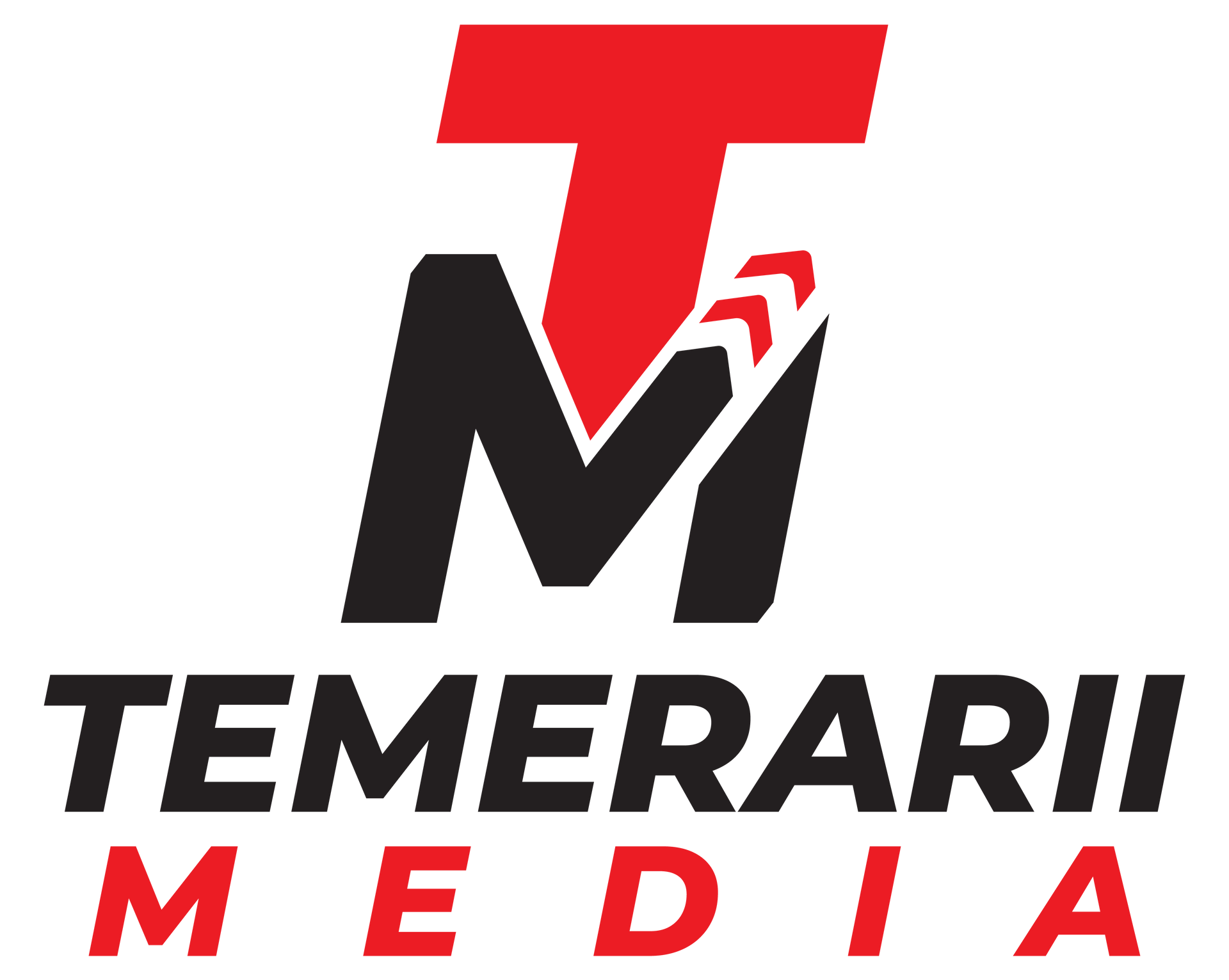A great product doesn’t sell itself—a great go-to-market (GTM) system does. GTM is how you choose where to play, how to win, and how to repeatedly capture value. It aligns product, pricing, packaging, channels, and revenue operations into a single engine that finds customers, earns trust, and turns usage into revenue and retention.
This comprehensive guide walks you through a modern, scalable GTM strategy—end to end. You’ll get a practical blueprint, concrete frameworks, and checklists you can paste directly into your playbooks. No fluff. No generic “launch day” hype. Just a clear path from insight to impact.
What a Go-to-Market Strategy Really Is
GTM is the operating system that connects your market insight to predictable revenue. It’s not a one-time launch plan; it’s an ongoing system with four core jobs:
- Focus: Decide the markets, segments, and problems you will (and won’t) solve now.
- Differentiate: Position the product so the right customers immediately see unique value.
- Activate: Package, price, distribute, and message so customers can evaluate and buy easily.
- Scale: Instrument the funnel and the product experience so you can improve every loop.
When this system works, your business compounds: lower acquisition cost, faster sales cycles, higher deal sizes, and stronger net revenue retention.
The Strategic Blueprint (At a Glance)
- Market & Customer Insight: Define where demand exists and who will pay.
- Segmentation & ICP: Choose the highest-probability customers right now.
- Positioning & Messaging: Tell the sharpest true story about value and difference.
- Pricing & Packaging: Align perceived value, willingness to pay, and unit economics.
- Route to Market: Sales-led, product-led, partner-led, community-led—or a hybrid.
- Enablement & Materials: Arm the field and the customer with everything they need.
- Activation & Launch: Orchestrate channels, campaigns, and readiness.
- Instrumentation & Metrics: Track what matters and close the loop.
- Retention & Expansion: Turn first value into forever value.
We’ll go deep on each.
Step 1: Market & Customer Insight
Define the problem landscape
- Job-to-Be-Done (JTBD): What job is the customer hiring your product to do? What does “done” look like?
- Switching triggers: What moment makes buyers switch from the status quo (a growth spurt, compliance change, cost pressure)?
- Non-consumption: Where are people cobbling together spreadsheets and hacks? That’s often fertile ground.
Quantify opportunity without fairy dust
- TAM/SAM/SOM are useful sanity checks, but behavioral and budget signals are better:
- Who owns the budget line?
- What adjacent tools already get paid?
- How does procurement work in this segment?
Competitor reality check
- Map the alternatives the buyer truly considers: direct competitors, internal tools, and “do nothing.”
- Assess table stakes vs. differentiators. If your advantage can’t be expressed in one sentence, it’s not sharp enough.
Deliverable: a one-page opportunity brief—problem, buyer, budget, alternatives, stakes, and why now.
Step 2: Segmentation & Ideal Customer Profile (ICP)
Segment by outcomes, not vanity labels
Go beyond industry size or region. Segment on:
- Pain intensity: Regulatory risk, revenue leakage, wasted labor hours.
- Readiness: Data maturity, adjacent tools installed, process sophistication.
- Economics: ARPU potential, sales cycle length, LTV/CAC payback.
- Access: Do you have channels, partners, or communities that reach them?
ICP clarity—write it like a dating profile
- Firmographic: Company size, vertical, geography, growth phase.
- Technographic: Systems in place, data stack, security posture.
- Role & power: Primary buyer (economic), champion (user), blockers (security, legal).
- Triggers: Events that make this ICP buy now (merger, audit, scale-up).
Deliverable: ICP card(s) with disqualifiers. The best GTM teams say no quickly.
Step 3: Positioning & Messaging That Sticks
Positioning formula (fill it in; then sharpen it)
For [ICP] who struggle with [core job/pain], [product] is a [category or frame] that [unique value/outcome]. Unlike [primary alternative], it [differentiated proof].
Now, turn that into crisp messaging layers:
- Promise (headline): The transformation.
- Pillars (3): The three reasons you can credibly deliver it.
- Proof: Demos, customer quotes, benchmarks, ROI math, security certs.
- Objection flips: The 5 common concerns, pre-answered.
Test with five qualified customers. If two people ask, “So…what is it again?”—rewrite.
Step 4: Pricing & Packaging
Pricing expresses your value model. Packaging guides buyers to the right tier without friction.
Choose your value metric
Bill on something that correlates with value:
- Per seat (collaboration, productivity)
- Usage (GB processed, API calls, shipments)
- Outcome (leads generated, revenue processed)
- Hybrid (base platform + usage)
Package for clarity, not confusion
- Good/Better/Best with clear gates tied to outcomes, not random features.
- Add-ons for specialized compliance, security, or industry packs.
- Transparent limits on free and entry tiers that encourage upgrade when genuine value appears.
Price tests without drama
- Use van Westendorp or discretionary discount analysis to bound willingness to pay.
- Pilot price in a small segment; treat discounts as experiments, not policy.
- Watch payback (<12 months for many B2B motions), gross margin, and expansion potential.
Deliverable: a pricing narrative—why you charge this way and how customers win by choosing the right tier.
Step 5: Route to Market
You’re choosing how trust will be created and transactions will happen. Often it’s a hybrid.
Sales-Led Growth (SLG)
- When: Complex deals, multiple stakeholders, big budgets, compliance heavy.
- Stack: SDR/AE/SE/CSM; account-based marketing (ABM); ROI calculators and proof-of-value pilots.
- Watch: Sales velocity, win rate vs. status quo, multi-threading depth.
Product-Led Growth (PLG)
- When: Self-serve evaluation is possible; quick time to first value (TTFV).
- Stack: Free or trial motion, in-product onboarding, usage nudges, paywalls, reverse trials.
- Watch: Activation rate, PQL (product-qualified lead) conversion, WAU/MAU, expansion.
Partner-Led (Channel/Alliances/Marketplaces)
- When: Fragmented markets, regional reach constraints, need for implementation expertise.
- Stack: Resellers, SIs, tech alliances, marketplace listings, MDF and certification programs.
- Watch: Partner-sourced vs. influenced pipeline, attach rates, time to first deal, partner NPS.
Community-Led & Creator-Led
- When: Category creation, developer or practitioner audiences, credibility via peers.
- Stack: Community spaces, office hours, contributor programs, creator collaborations.
- Watch: Community growth/engagement, referral lifts, content-driven PQLs.
Pick the primary motion and sequence the rest. Spreading thin across all four from day one kills focus.
Step 6: Readiness & Enablement
Seller and Success enablement
- Narrative deck: Problem → impact → differentiated approach → proof.
- Battlecards: How to win/defend vs. status quo and top three competitors.
- Discovery guide: Questions that expose pain and quantify value.
- Demo storyboard: The shortest path to first value (3–5 scenes).
- ROI model: Credible, conservative math buyers can co-edit.
- Objection library: Security, integration, migration, pricing.
- Playbooks: New logo, land-and-expand, competitive takeout, renewal save.
Customer-facing assets
- One-page overview (problem → outcomes → proof → CTA)
- Solution briefs by vertical/use-case
- Implementation guide and data checklist
- Security whitepaper and compliance list
- Case studies and video proof
- TCO calculator
If your team cannot teach the value in five minutes, you are not ready.
Step 7: Activation & Launch (As a System, Not a Day)
Campaign architecture
- Awareness: Category education, problem framing, analyst/influencer briefings, earned media.
- Consideration: Webinars, workshops, POV reports, technical deep dives.
- Decision: ROI sessions, sandbox environments, proof-of-value offers, references.
- Adoption: In-product checklists, guided setup, success office hours.
- Expansion: Health scoring, usage alerts, quarterly value reviews.
Channel mix—be intentional
- Owned: Website, product, email, community, events.
- Paid: Search, social, sponsorships, partner MDF, marketplaces.
- Earned: PR, analysts, creator reviews, customer evangelists.
Orchestration
- Pre-brief top customers and partners to create early proof.
- Align all touchpoints around the same promise and proof.
- Have a staffed launch room (virtual or physical) with clear roles for real-time issues.
Deliverable: a single campaign doc with audiences, messages, offers, channels, owners, and measurement.
Step 8: Instrumentation & Metrics
You can’t optimize what you can’t see. Track the few metrics that indicate system health:
Acquisition & Reach
- Qualified traffic/visits by channel
- PQLs and MQLs (with unambiguous definitions)
- Add-to-trial rate / demo request rate
Conversion & Velocity
- Activation rate (hit first value within X days)
- Sales cycle length and stage conversion
- Win rate (including win vs. “do nothing”)
- Average selling price (ASP) and discount rate
Unit Economics
- CAC by motion (PLG, SLG, partner)
- CAC payback (months) and LTV:CAC ratio
- Gross margin and contribution margin by SKU
Retention & Expansion
- Logo retention (GRR)
- Net revenue retention (NRR) with expansion drivers
- Product engagement: WAU/MAU, feature adoption, depth of use
Quality & Satisfaction
- NPS/CSAT by segment
- Support ticket volume/time to resolution
- Implementation time to value and go-live rate
Put these into a weekly dashboard and a tight review ritual. If everyone sees the same numbers, focus improves.
Step 9: Retention, Expansion, and Growth Loops
Funnels get you first revenue; loops compound it.
Onboarding to habit
- Shorten time to first value with guided flows, templates, checklists, and default data.
- Use nudges based on job completion, not generic logins.
- Offer live or on-demand “finish the setup” sessions.
Value realization
- Quarterly (or monthly) value reviews: “Here’s what you achieved; here’s your next unlock.”
- Surface adjacent wins: integrations, automations, compliance benefits.
Expansion plays
- Seat growth alongside milestones (new teams, new regions).
- Usage-based pricing with clear thresholds and forecast visibility.
- New modules that solve adjacent problems (security, analytics, industry packs).
Advocacy flywheel
- Nominate customers for case studies, events, and advisory councils.
- Incentivize referrals ethically (recognition, exclusive briefings, co-marketing).
- Build community programs that make your best users successful in public.
De-Risking: Common GTM Failure Modes and Fixes
- Boiling the ocean: Too many segments, no focus.
→ Cut to one ICP, one primary motion, and two killer use cases.
- Feature marketing: Selling checklists, not outcomes.
→ Rewrite messaging around business impact and proof.
- Free that never converts: Free tier too generous or value metric misaligned.
→ Introduce outcome-based limits; test reverse trial.
- Channel conflict: Direct and partners step on each other.
→ Establish clear rules of engagement and deal registration.
- Pricing backlash: Sticker shock or perceived nickel-and-diming.
→ Publish a pricing narrative and simplify packaging; grandfather fairly.
- Security stall: Deals die at legal/IT.
→ Lead with a security brief and standardized DPAs; pre-complete vendor reviews where possible.
- No telemetry: Can’t tell what works.
→ Instrument events, define stage gates, and enforce data hygiene.
International & Regulated Markets (Bonus Considerations)
- Localization: Language, formats, currency, tax, and cultural proof (local case studies).
- Compliance: Data residency, privacy, accessibility, industry standards (HIPAA, SOC 2, ISO 27001, GDPR, PCI, etc.—the relevant ones for your market).
- Routes to market: Local partners and marketplaces often outpace a direct motion at first.
- Pricing parity: Adjust for purchasing power and currency volatility; publish regional pricing transparently.
Checklists You Can Use Today
GTM Readiness Checklist
- Opportunity brief approved (problem, buyer, budget, alternatives, why now)
- ICP cards with disqualifiers
- Positioning statement, messaging hierarchy, objection flips
- Pricing metric validated; packages defined; pricing narrative written
- Primary route-to-market chosen; secondary motions sequenced
- Seller enablement set (deck, battlecards, discovery, demo storyboard, ROI model)
- Customer assets ready (one-pager, solution briefs, security, implementation, case studies)
- Campaign plan (audiences, offers, channels, owners, budget, metrics)
- Product onboarding complete; time-to-first-value measured
- Analytics wired; single dashboard live; review ritual scheduled
- Support and success capacity staffed; escalation runbook ready
Launch Room Run-of-Show (Day/Week of)
- War room roster with clear roles (comms, web, product, sales, success, ops)
- Real-time metric monitor (traffic, signups, activations, demo requests, errors)
- Social and paid rotations scheduled with live moderation plan
- Sales floor brief and hotline; deal desk on call
- Partner/analyst/customer pre-briefs confirmed; quotes and posts synchronized
- Incident response: who pauses ads, who posts status, who rolls back
Weekly GTM Operating Rhythm
- Pipeline health (coverage, age, velocity)
- Activation and TTFV trends by segment
- Win/loss highlights and top objections
- Usage depth and expansion likelihood flags
- Experiment backlog and decisions (start/stop/scale)
- Cross-functional blockers (data, product gaps, content needs)
Final Word
A winning go-to-market strategy is focus plus follow-through: choose the customers you can genuinely help right now, tell the sharpest true story about why you’re different, make buying and adopting effortless, and instrument everything so you learn faster than the market changes.
Build the system, not just the launch. When you do, the product stops “trying to sell itself,” because your GTM engine sells, proves, and expands—on repeat.














